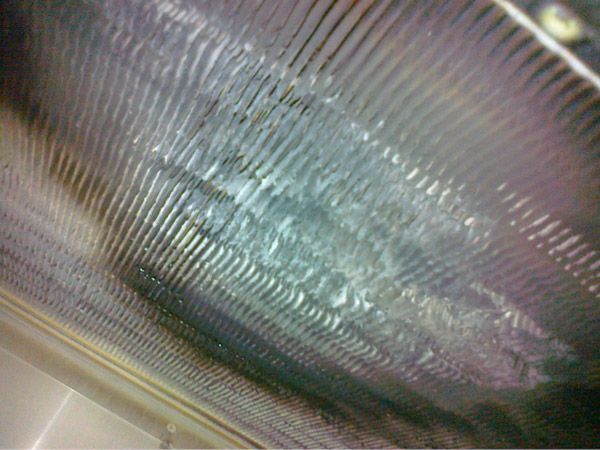4 Reasons NOT to use open flames in Biosafety Cabinets

Image courtesy of Con-Test - con-test.com
A Class II Biological Safety Cabinet (BSC) uses HEPA filtered, laminar airflow to provide operator, environmental and sample protection. For the purpose of sterility, HEPA filters are typically rated at 99.99+% efficiency for particles 0.3 micron in size.
Typical microbiological procedures often utilize Bunsen burners or other open flames to sterilize and/or reduce cross contamination; however, the use of such open flames inside of a BSC is not recommended for several reasons:
-
The Class II BSC maintains sample protection through delivery of downward laminar airflow (volumes of air traveling in a single direction at a constant speed, without turbulence) over the work area of the cabinet. Hot air rises, so any open flame causes air to rise against the laminar downflow, creating turbulence and foiling the BSC’s ability to protect the samples in the work area.
-
If an open flame gets too hot, it also has the capacity for melting the bonding agent that holds the HEPA filter media to its frame. This destroys the HEPA filter’s effectiveness, leading to loss of containment in the positively pressured plenum.
-
If the flame goes out and the gas supply valve remains open, flammable gas would be introduced to the cabinet unabated. In an A2 Biosafety Cabinet, where 70% of the air within the BSC is recirculated (see video below), concentrations of the flammable gas could reach explosive potential and pose a serious risk to not only the BSC, but to the user and the laboratory it occupies.
- The Centers for Disease Control and Prevention (CDC) and National Institute of Health (NIH) have also addressed this in the publication: Biosafety in Microbiological and Biomedical Laboratories, 5th ed., (BMBL 5th).
Several measures can be taken to reduce the chance for cross-contamination of materials when working in a BSC. Opened tubes or bottles should not be held in a vertical position. Investigators working with Petri dishes and tissue culture plates should hold the lid above the open sterile surface to minimize direct impaction of downward air. Bottle or tube caps should not be placed on the toweling. Items should be recapped or covered as soon as possible.
Open flames are not required in the near microbe-free environment of a biological safety cabinet. On an open bench, flaming the neck of a culture vessel will create an upward air current that prevents microorganisms from falling into the tube or flask. An open flame in a BSC, however, creates turbulence that disrupts the pattern of HEPA-filtered air being supplied to the work surface. When deemed absolutely necessary, touch-plate micro burners equipped with a pilot light to provide a flame on demand may be used. Internal cabinet air disturbance and heat buildup will be minimized. The burner must be turned off when work is completed. Small electric “furnaces” are available for decontaminating bacteriological loops and needles and are preferable to an open flame inside the BSC. Disposable or recyclable sterile loops should be used whenever possible.
As indicated above by the CDC, if a flame is deemed absolutely necessary, there are types of equipment widely available that are safer alternatives to the Bunsen burner. Some of these employ low profile, pedal attenuated flames; others detect motion.
If you still have questions about using flames in your process, please feel free to contact Labconco.
| chevron_left | How To: Protecting Clinical Researchers & Testing Analysts | Articles | The truth about freeze drying safely | chevron_right |





